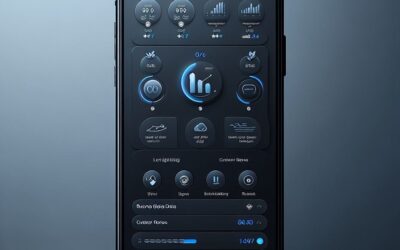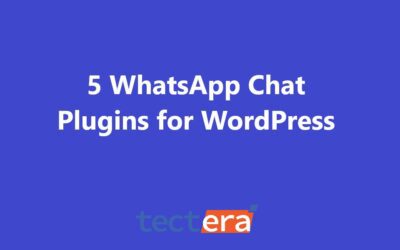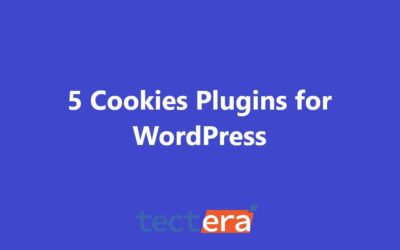BLOG
Bring your
web ideas to life
Website Load Time Statistics 2024
Looking for website load time statistics? Imagine the website/webpage to take minutes to load! Well, we all went through that frustrating, irritating, and annoying experience. it’s none other than slower load time/speed to make users turn back from the pages/sites...
5 Benefits of Having a Mobile App for Your Business
Looking for benefits of having a mobile App for your business? The worldwide digital landscape continues to evolve rapidly, partly driven by the exaggerated use of smartphones. Over 80% of the world’s population holds a smartphone, making it the most readily used...
5 SEO Benefits of Breadcrumbs
Looking for SEO benefits of breadcrumbs? Brands, Companies, Businesses – everyone is looking for online success through their websites/apps. SEO (Search Engine Optimization) happens to be one of the key prerequisites for such an achievement. And Breadcrumb is a...
5 Benefits of Digital Marketing for Small Businesses
Looking for benefits of digital marketing for small businesses? Let us embark on a trip into the new digital world where all businesses big and small can be tomorrow’s giant. Imagine this: for example, you are persuaded that the product or service you are selling is...
5 Best Web Hosting in Canada
Wondering which web-hosting provider is the best in Canada? Worry no more, we've got you covered the 5 best web hosting in Canada! Having an online place is not a question of prestige but a matter of relevancy for businesses, entrepreneurs, and individuals. Regardless...
5 WhatsApp Chat Plugins for WordPress
Hey there, fellow WordPress Wanderers! Do you want to add some magic to your site and make your visitors’ experience out of the ordinary? If so, get ready because we’re about to take a fantastic journey through the incredible land of WhatsApp chat plugins for...
5 Cookies Plugins for WordPress
Looking for cookies plugins for WordPress? Meet the cookie management plugins! These handy little helpers are like superheroes for your website – they ensure everything is running smoothly and by the rules. Just picture a cool pop-up banner that quickly introduces...
5 Benefits of Google Display Ads
Looking for benefits of Google Display Ads? When it comes to the dynamic world of digital marketing where competition for the audience’s attention is fierce and ever- hanging, the correct use of advertising tools determines the company’s success. This is why Google...
How to Back up Your WordPress Website
Wants to know how to back up your WordPress website? Just like we keep backing up our indispensable files on the computer, web applications like WordPress need to be backed up periodically which is a regularly crucial task. Let us visualize a safety net – if any...
Google Ads vs Facebook Ads: Which is Better?
Wants to know which is best between Google Ads vs Facebook Ads? Join us in this article as we dive deep behind the scenes of Google Ads and Facebook ads. Roll up your sleeves and enjoy this journey! Targeting Facebook Ads Advertising through Facebook has changed the...












